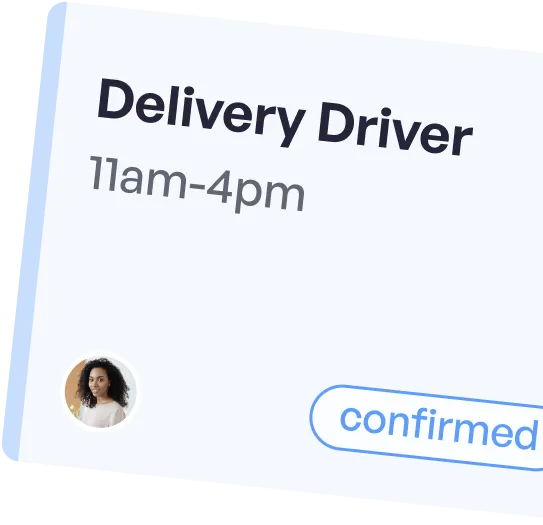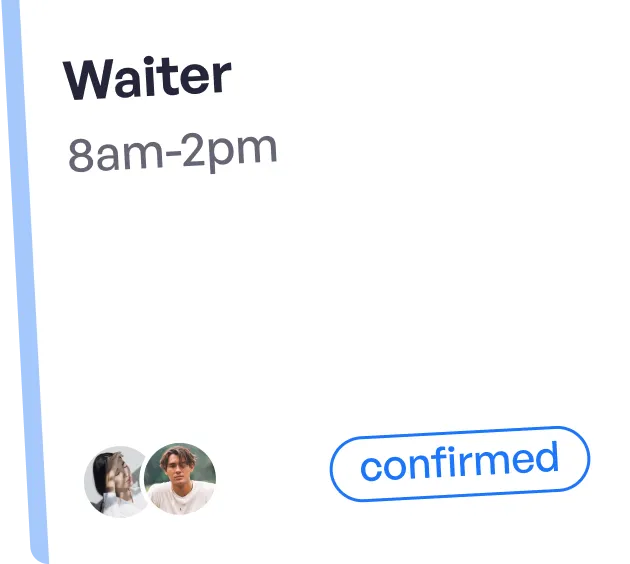Future of Last Mile Delivery



At this stage, it would be hard for any of us to imagine life without online food delivery. What was once the exclusive domain of pizzerias, has now spread to most of the food industry. Lockdowns accelerated longer terms trends to the extent that the industry is now expected to grow at a CAGR of 20% per year to 2024. This trend analysis is supported by a recent consumer sentiment survey by McKinsey, which revealed that 92% of people will continue their online purchasing levels after Covid-19, and 60% expect to maintain or increase spending on online food ordering.
It’s safe to say then that the food delivery industry is poised for immense growth going forward. Enabled by order ‘aggregator’ platforms like Deliveroo and Uber Eats, restaurants have up until now been able to quickly generate online orders and solve the problem of delivery with one solution. But as the industry evolves, restaurants are starting to discover that the cost of aggregators goes beyond the high commission rates, and extends to a loss of control over their individual identity, their brand, and ultimately their customers.

The initial mindset of getting food out the door any way possible has faded, and restauranteurs want to take back control of their customer’s delivery experience. In the context of worrying moves by aggregators to exercise even greater dominance, regaining control over the customer is not just seen as aspirational by restauranteurs, it is seen as essential for survival. Consumers too prefer to support their restaurants by ordering directly.
Recent surveys show that 3.5x the number of restaurant customers prefer to order directly than through an aggregator. Some know it means a better deal for the restaurant, but many are also conscious of the bumped up prices they pay. In many ways, the number one enabler for restaurants regaining control over their online customers is access to delivery drivers to deliver the orders. Reliable and courteous delivery drivers are as important to a delivery operation as waiters are to dine-in. In a recent survey of restaurant owners on Gigable, 75% ranked reliability and choice over drivers as the most important elements of their delivery operation.
Given the quintessential gig economy nature of delivery, it is often difficult to maintain consistent teams of employed drivers. Therein lies a key need of restaurants to be able to access a high quality and transparent local network of contract drivers that can be relied on to deliver the brand. Gigable drivers are invested in their work because they are building an identity in the platform based on their performance. This means a world of difference to any restaurant’s delivery operation, and the owner’s peace of mind. We have had the difference this makes described to us as being overwhelming – it stands to reason; imagine a busy restaurants with orders flooding in for delivery but no one there to deliver them. It is not difficult to imagine the stress. Better route optimisation and order-allocation algorithms (both of which Gigable are soon releasing proprietary solutions of), drones, and driverless delivery are sometimes held up as silver bullets to industry challenges.
But I would argue that the most intelligent and flexible asset any restauranteur has on their side for delivery is a person they can trust and is empowered, not eliminated by technology. Lyft’s recent abandonment of autonomous taxis, following Uber’s moves, might tell a story as to the lasting importance of people in any consumer-facing business. At Gigable, we for one are on ‘Team Human’ and our focus will continue to be on building networks of happy and empowered delivery people and restauranteurs.
Try Gigable today
Take the next step and join Gigable today. Let's put those insights into action and boost your business or freelance career!





.png)
